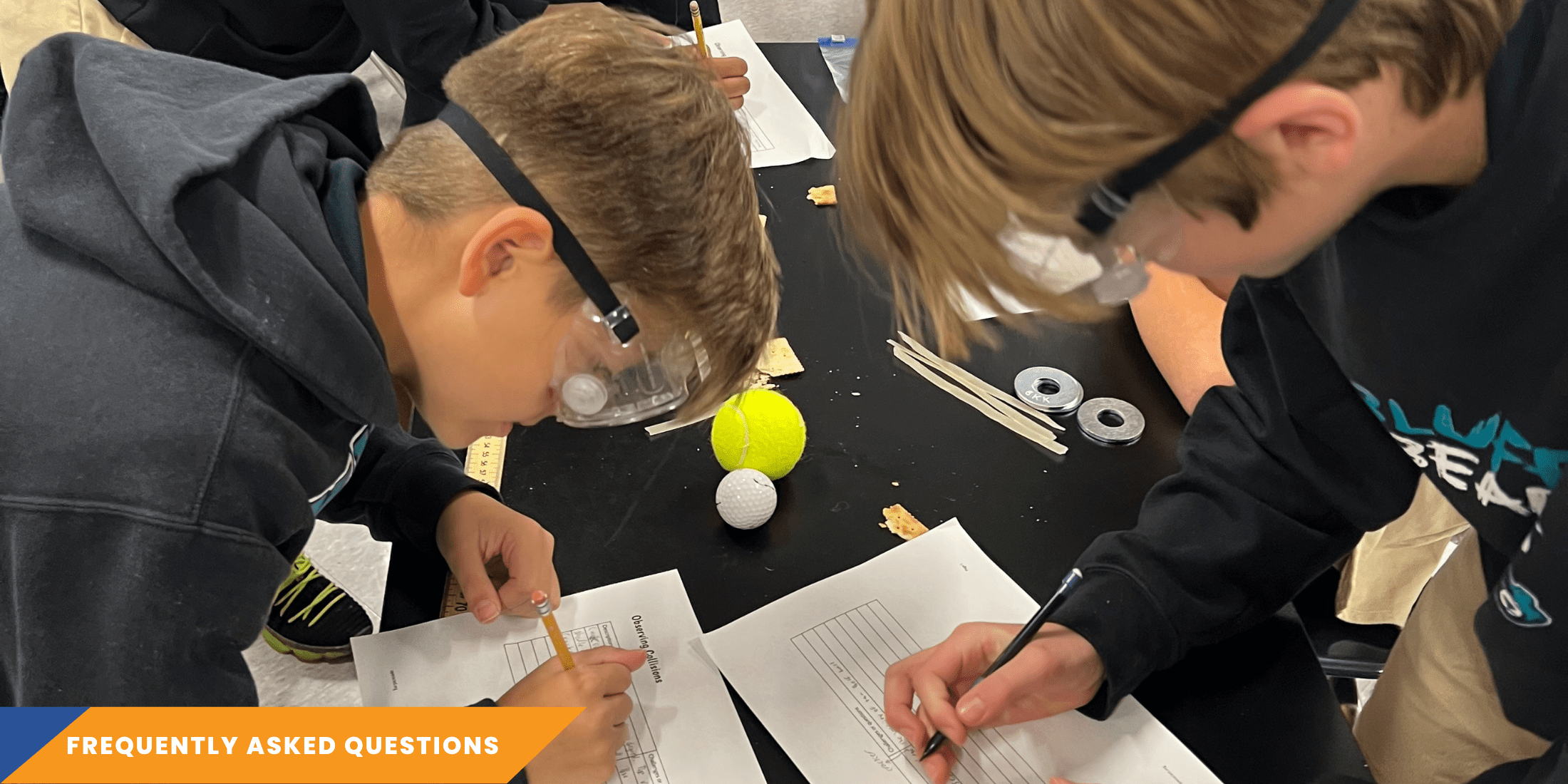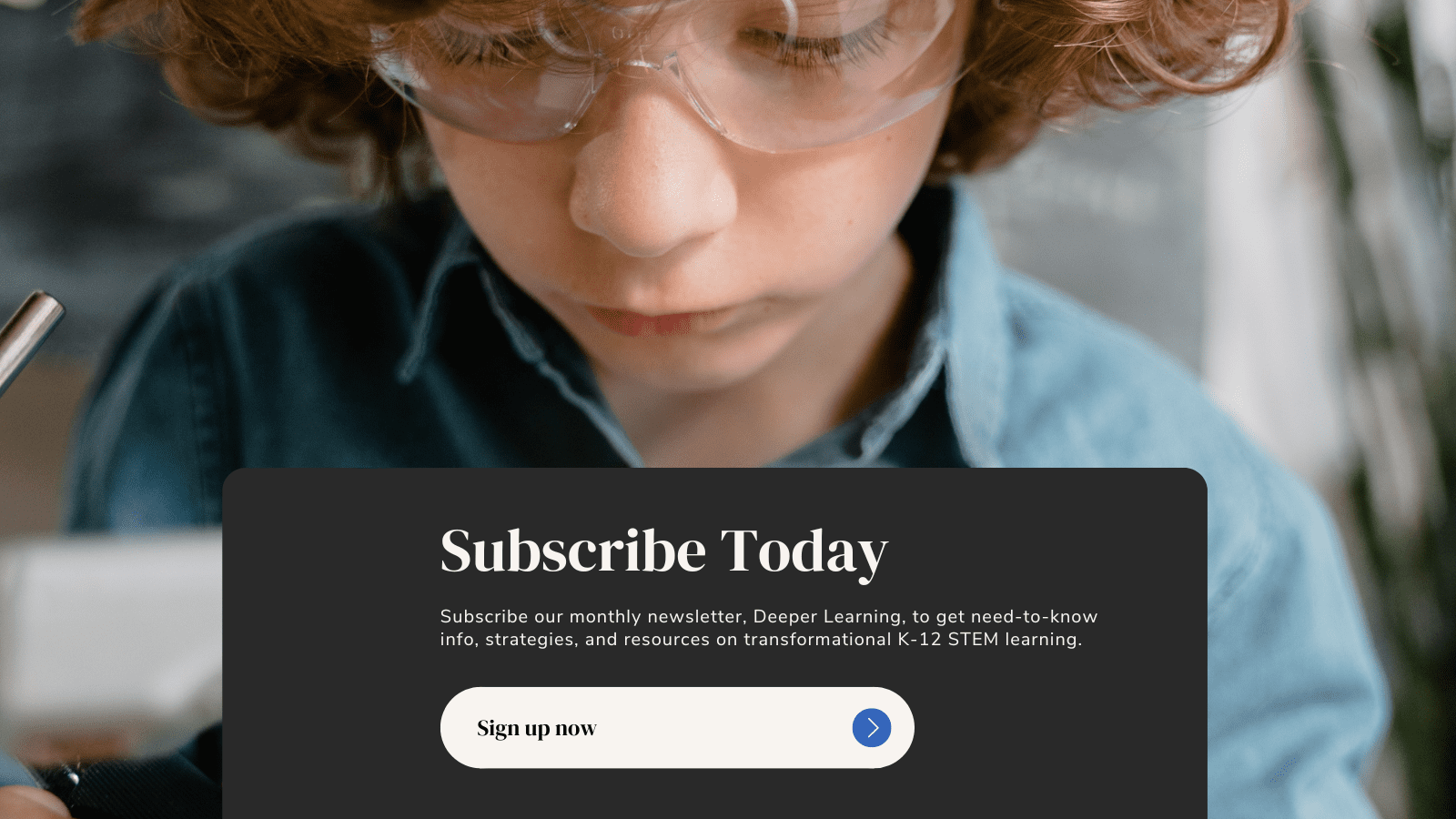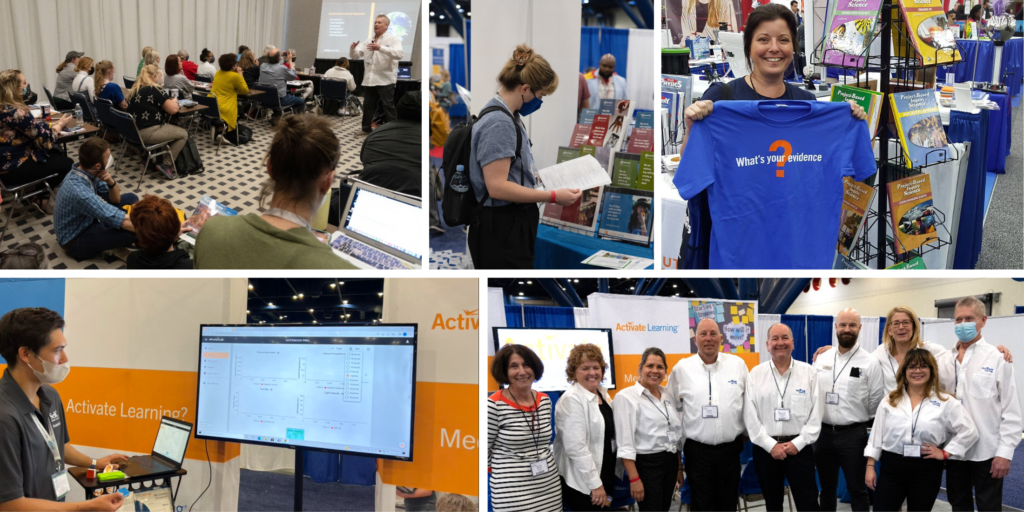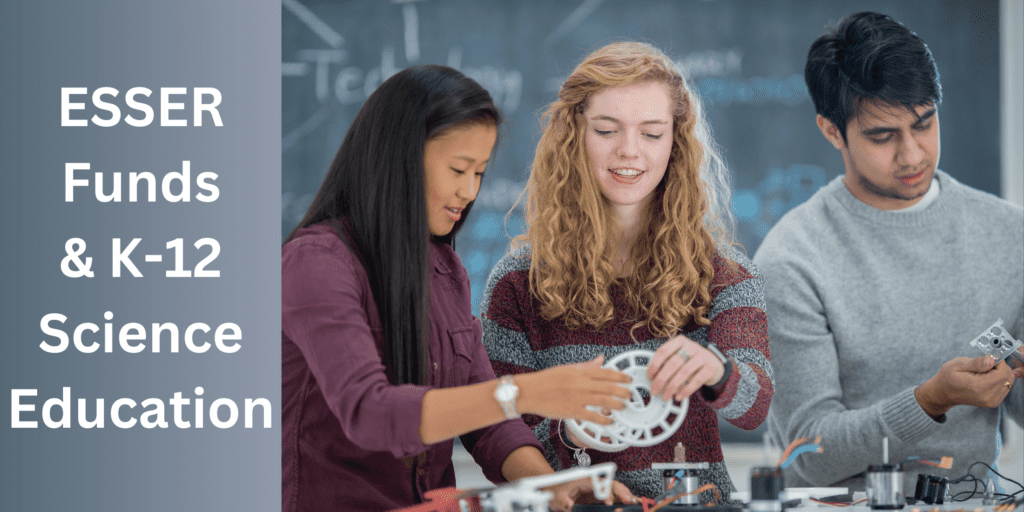What is Phenomena-Based Learning and How Does it Engage Students?

Quick Take: Phenomena-based learning can help students develop important 21st century skills such as critical thinking, problem-solving, communication, and collaboration. By engaging with real-world phenomena and complex problems, students are able to develop a deeper understanding of science and engineering concepts and learn to apply them in new and meaningful ways. This approach helps prepare students for success in STEM fields and beyond, and empowers them to make a positive impact on the world around them.
What is Phenomena-Based Learning?
Phenomena-based learning in science and engineering is an educational approach that uses real-world phenomena or complex problems as the basis for teaching and learning. This way of teaching is based on the idea that students can learn about science by investigating events that happens around them every day. Engineering involves designing solutions to problems that arise from phenomena, and using explanations of phenomena to design solutions. In this way, phenomena are the context for the work of both the scientist and the engineer.
The Next Generation Science Standards (NGSS), which are based on the Framework K-12 Science Education and developed by a consortium of 26 states and multiple, focus on helping students use science to make sense of phenomena in the natural and designed world, and use engineering to solve problems. Learning to explain phenomena and solve problems is the central reason students engage in the three dimensions of the NGSS. Students explain phenomena by developing and applying the Disciplinary Core Ideas (DCIs) and Crosscutting Concepts (CCCs) through use of the Science and Engineering Practices (SEPs).
What are Benefits of Phenomena-Based Learning?
Phenomena-based learning provides several benefits for both students and teachers. By centering science education on phenomena that students are motivated to explain, the focus of learning shifts from learning about a topic to figuring out why or how something happens. For example, instead of simply learning about the topics of photosynthesis and mitosis, students are engaged in building evidence-based explanatory ideas that help them figure out how a tree grows. This type of learning encourages active participation and engagement from students, leading to deeper and more transferable knowledge. It puts the students in the driver's seat of their learning journey.
Moreover, explaining phenomena and designing solutions to problems allow students to build general science ideas in the context of their application to understanding phenomena in the real world. This leads to a deeper understanding of the topics and how they apply to real-world situations, which can help sustain students' science learning and encourage a life-long love of science learning.
Phenomena-based learning also benefits teachers by providing a meaningful context for instruction that aligns with the NGSS. Phenomena-centered classrooms, driven by NGSS-aligned curriculum, give students and teachers a context in which to monitor ongoing progress toward understanding all three dimensions. As students are working toward being able to explain phenomena, three-dimensional formative assessment becomes more easily embedded and coherent throughout instruction.
How do you use Phenomena-Based Learning?
To effectively use phenomena to drive teaching and learning, the focus shouldn't just be on the phenomenon itself. It is the phenomenon plus the student-generated questions about the phenomenon that guides the learning and teaching.
The practice of asking questions or identifying problems becomes a critical part of trying to figure something out. An appropriate phenomenon for instruction should help engage all students in working toward the learning goals of instruction and create an equitable learning environment.
The phenomenon needs to be useful for teachers to help students build the target pieces of the DCIs, SEPs, and CCCs. Explore examples of phenomena for NGSS here.
Is Phenomena-Based Learning Equitable?
It is important that all students, including English language learners and students from cultural groups underrepresented in STEM, are supported in working with phenomena that are engaging and meaningful to them. Not all students will have the same background or relate to a particular phenomenon in the same way.
Educators should consider student perspectives when choosing phenomena and also should prepare to support student engagement in different ways with high-quality, curriculum that incorporates the NGSS.

[Graphic Image Credit: The Next Generation Science Standards, 2016]
* * * * *




